CPC National Meeting at BRIT
This year CPC’s national meeting traveled to the Lone Star State, to the campus of the Botanical Research Institute of Texas (BRIT). BRIT is home to the ninth largest herbarium in the country, housed in a LEED Platinum certified building with almost 1.5 million specimens. BRIT scientists document the diversity of plant life and conduct research around the world in order to fulfill their mission “to conserve our natural heritage by deepening our knowledge of the plant world and achieving public understanding of the value plants bring to life.” BRIT shares its grounds and education programing with the Fort Worth Botanic Garden, the oldest botanic garden in Texas.
This annual three-day conference brought together the leaders in plant conservation at the CPC Participating Institutions to share and learn cutting-edge science and technology used to save rare and endangered flora.
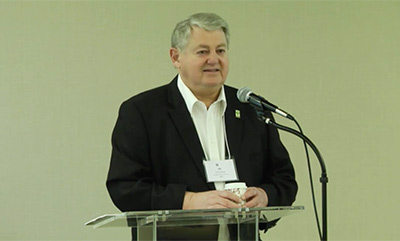
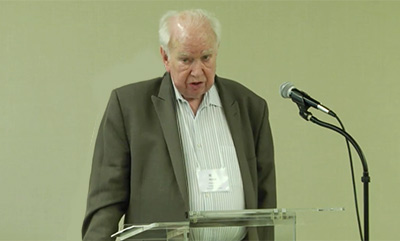
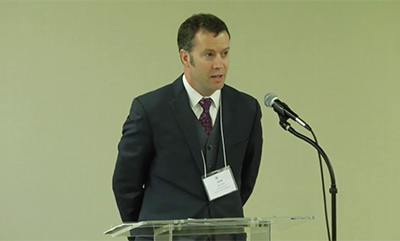
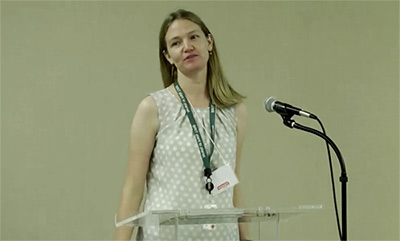
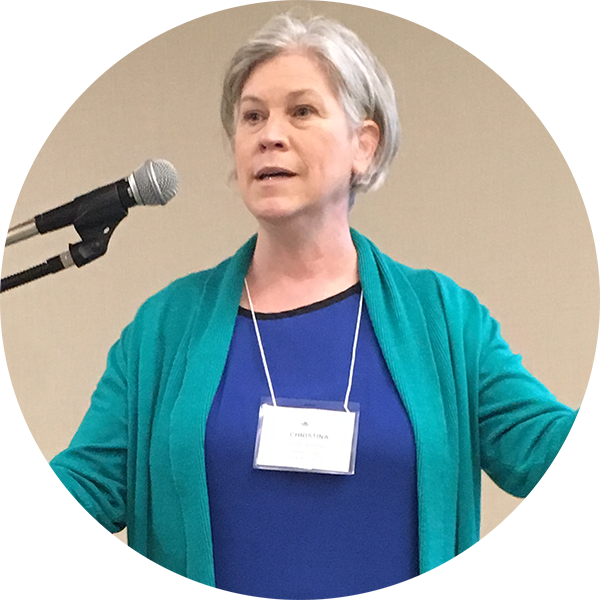
Invited speaker Christina Walters of the USDA-ARS National Laboratory for Genetic Resources Preservation, gave an excellent talk on the cutting-edge science of seed storage, noting the many challenges and opportunities that we have in efforts to end plant extinction. Her engaging and animated presentation provided for many in-depth discussions throughout the meeting.
Participants were asked to present a 5-minute “lightning talk” about a challenge they face in plant conservation at their institutions and how they overcame that challenge. From Hawai’i to the Southeast, and in between, the CPC Participating Institutions demonstrate the expertise, commitment, and tenacity to tackle some of major hurdles in order to Save Plants.
Here is a sampling a just a few:
“E Mau ana Ka Ōhi‘a — Perpetuating ‘Ōhi‘a”
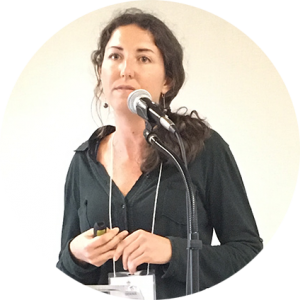
There are new fungal pathogens that are threatening the Ōhi‘a (Metrosideros spp.) tree in Hawai’i. Rapid Ōhi‘a Death (ROD), caused by two taxa of Ceratocyctis, is killing large stands of Ōhi‘a forests on the island of Hawai’i. Preparations need to be made in case ROD spreads across the state. This involves collecting seeds, banking, and reciprocating of all Metrosideros taxa on all the islands for resistance testing and to possibly use for reintroduction at a later date. Because there were no established seed zones, “geographical areas where seed from an originating zone can be transferred to help ensure material is ecologically appropriate for the local environment,” provisional seed zones had to be created for the island of Kaua’i. This was done by the staff of NTBG and the Hawai’i Department of Land and Natural Resources, Division of Forestry and Wildlife. Currently, work is underway to collect between 6 and 20 million seeds from over 1,000 trees.
“Using a zoo model to conserve genetic diversity of critically endangered species ex situ”
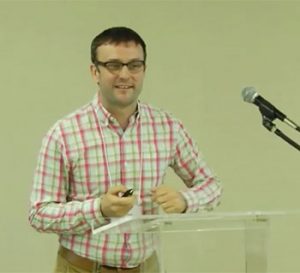
“Genetics becomes important whenever populations become small (<100). This includes loss of genetic diversity from drift, increased expression of deleterious genes due to inbreeding, and limiting local adaptation. Since many species of plants are able to be seed banked, it is possible to maintain numbers well above these critical genetic thresholds. However, for exceptional species, which can only be maintained as living plants, or for critically endangered species where remaining individuals are already below these numbers, the need to consider the remaining genetic diversity becomes critical. Importantly, the management focus shifts from saving a population to preserving each genetically unique individual. When you have such small numbers, it is critical to know how each individual contributes to the overall genetic diversity remaining.” The Chicago Botanic Garden is working with the National Tropical Botanic Gardens in Hawai’i on a species management and breeding plan for Ālula (Brighamia insignis). The goal is to support the restoration of Ālula to the wild. This process includes working with scientists at the Chicago Zoological Society. These scientists have management software that uses “genetics and demography information to maintain the long-term health of their captive animals over the long term.” The software will be modified to work with not only preserving plants, but to “create resilient populations that can be used in reintroductions.”
What’s new for Torreya taxifolia, North America’s rarest conifer?”
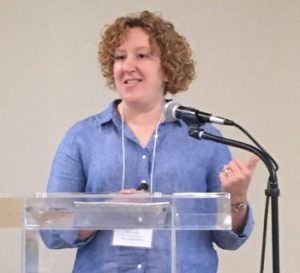
One of the rarest conifers in the world is the Florida Torreya (Torreya taxifolia). It is endemic to northwest Florida and extreme southwest Georgia. A catastrophic decline in this species occurred in the mid-20th century as reproductive-age trees were killed by an until-recently-unknown disease, Fusarium torrayae. The species has not recovered and is now less than 0.22 percent of the original population. These remaining trees continue to be endangered by changes in hydrology, deer browsing, continued loss of reproduction capability, and fungal disease. Atlanta Botanical Garden has set up an in situ and ex situ seed experiment as part of the recovery effort for this rare tree.